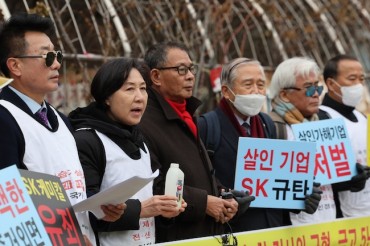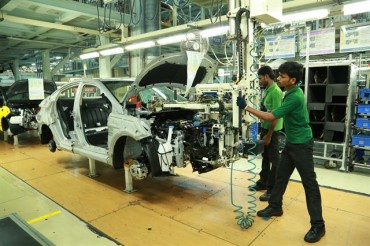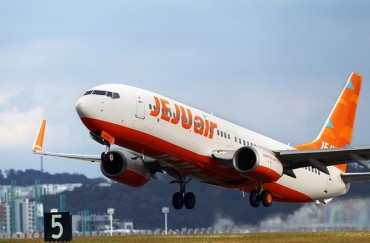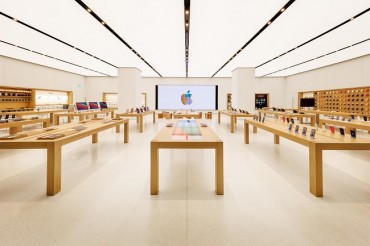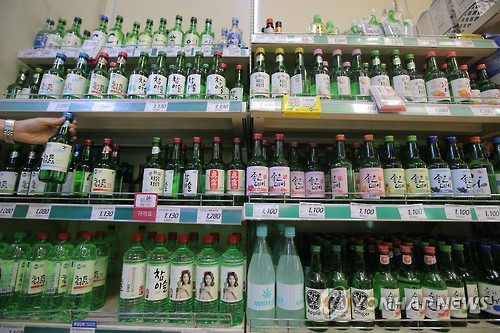
As people start to avoid heavy drinking and turn their preference towards softer alcoholic beverages, the consumption of beer in Korea has increased while the consumption of soju has gone downhill. (Image : Yonhap)
SEJONG, Dec.28 (Korea Bizwire) – As people start to avoid heavy drinking and turn their preference towards softer alcoholic beverages, the consumption of beer in Korea has increased while the consumption of soju has gone downhill.
According to an investigation conducted by the Ministry of Agriculture, Food and Rural Affairs and Korea Agro-Fisheries & Food Trade Corporation(aT), the annual consumption of alcohol per person was 148.8 bottles of beer, 62.5 bottles of soju, 33 bottles of traditional Korean liquor, 2.7 bottles of hard liquor and 2.2 bottles of wine (calculation based on 360㎖ per bottle).
Compared to the data in 2010, the consumption of beer has increased 8.9 bottles from the 139.8 bottles per person in 2010, while the consumption of has soju decreased 3.9 bottles from the previous data which was 66.4 bottles per person.
The ministry analyzed the reason of the phenomenon to be a result of the spreading of a new drinking culture, in which people have started to avoid heavy drinking and have been enjoying lighter drinks such as beer.
The consumers’ new preference in drinking habits which has been led by the young female demographic, pushed the manufacturers to launch softer soju products with additives such as fruit flavors, carbonated drinks, and non-alcoholic beers.
The results of a survey conducted on 500 consumers between the ages of 20 to 50, who have experience in buying alcoholic beverages show that the portion of respondents who preferred beer (48.8 percent) exceed those who preferred soju (35.6 percent).
81.4 percent of the respondents have experience in drinking softer soju or soju products with fruit flavored additives. The satisfaction level of soju with fruit flavored additives was higher among women (56.8 percent) compared to that of men (40.9 percent).
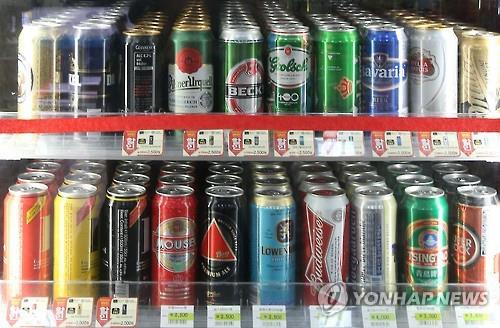
Compared to 2009, imports of beer leaped 288 percent in 2014, from 41,092 tons to 119,501 tons. The increase costs of imported beer was even more impressive, jumping up 300.6 percent from $37,160,000 to $111,690,000. (Image : Yonhap)
Another factor that boosted the consumption of beer was the increase in distribution of imported beers. The enactment of the Free Trade Act (FTA) and the weakening Yen influenced the increase of beer imports as well as the consumers’ varied taste in beer.
Compared to 2009, imports of beer leaped 288 percent in 2014, from 41,092 tons to 119,501 tons. The increase costs of imported beer was even more impressive, jumping up 300.6 percent from $37,160,000 to $111,690,000.
By Francine Jung (francine.jung@kobizmedia.co.kr)



